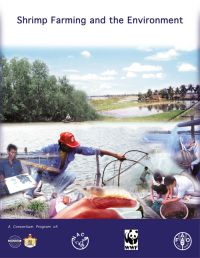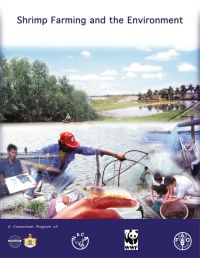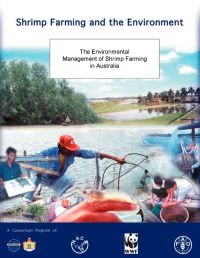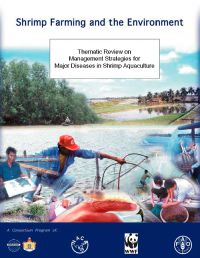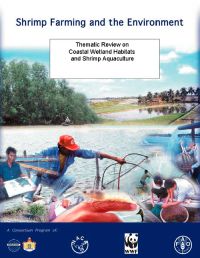This case study is based on a farm survey of 41 farms out of the total 340 farms in the Rushan County. The results presented in this paper highlight two main problems. The first issue revolves around labor cost statistics. The value of labor cost during the culture period forms a larger than proportionate ratio of total variable cost. The second problem lies in the high fixed cost incurred by rehabilitated farms.
This case study is based on review of existing publications/reports and stakeholder consultations. It is divided into three main sections, namely: 1) Background review on shrimp aquaculture in Bangladesh. 2) Results from a case study of farm management practices, hatcheries and wild shrimp fry collection and 3) Results from a case study on the social aspects of shrimp aquaculture, based on detailed local level studies in the Khulna region.
In Australia, strict Commonwealth and state environmental regulations have constrained development of shrimp farming. A high level of resources, relative to the size and value of the industry, has been devoted to collaborative research on the environmental management of shrimp farming in Australia. The research findings are being used to provide a scientific basis for discharge license requirements and are incorporated into an advanced geographic information and decision support system in order to improve site selection and aquaculture planning.
This document presents the report of the Expert Workshop on Management Strategies for Major Diseases in Shrimp Aquaculture. The report includes summaries of fifteen national review papers on the history and current national status of major shrimp diseases, including their socioeconomic impacts and an evaluation of the successes and failures of state and private sector interventions to solve major disease problems and to develop more sustainable shrimp culture industries, and four thematic reviews.
This review documents the status of shrimp aquaculture in relation to mangrove forest ecosystems. The environmental, social and economic impacts of shrimp farming are discussed, with examples covering both the negative and positive aspects of the sector. The review considers interventions and other activities to improve the sustainability of shrimp farming in the context of coastal zone management and the protection of mangrove ecosystems. The effectiveness of these interventions is considered in the light of experience based on case studies.
